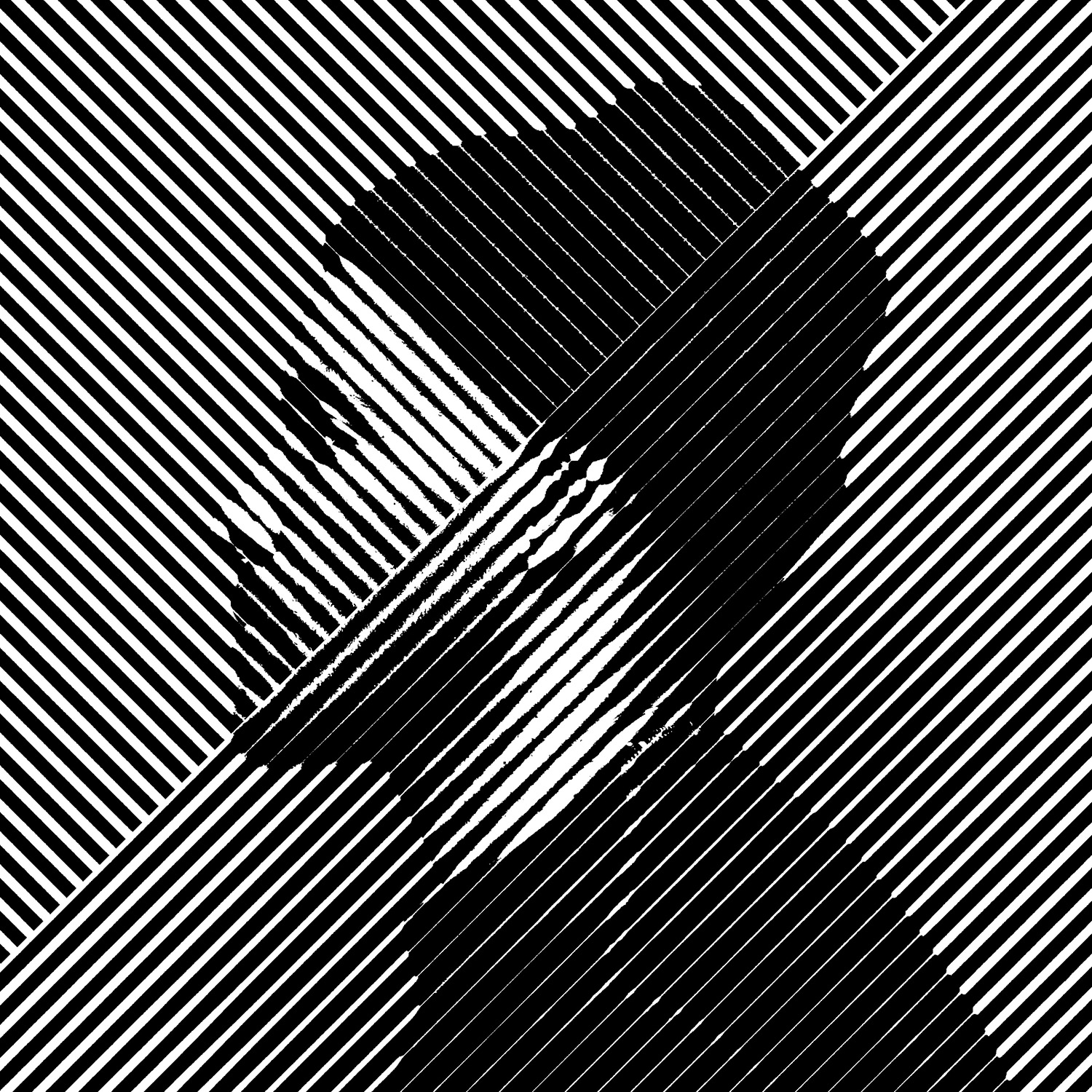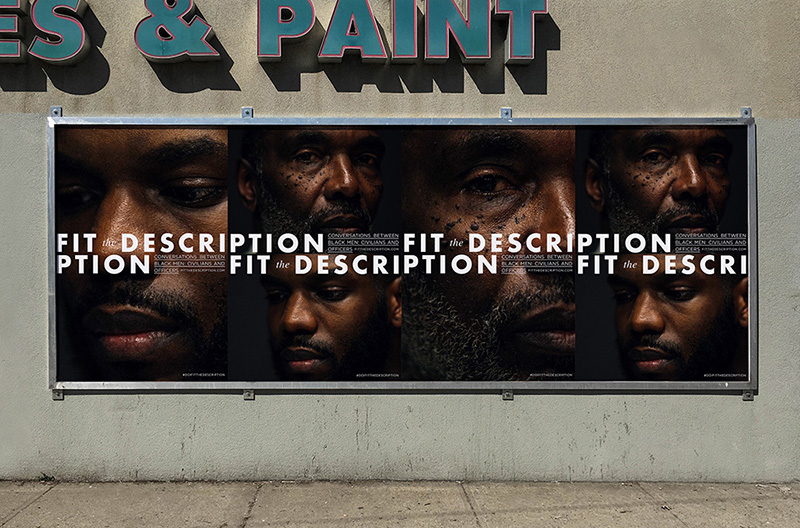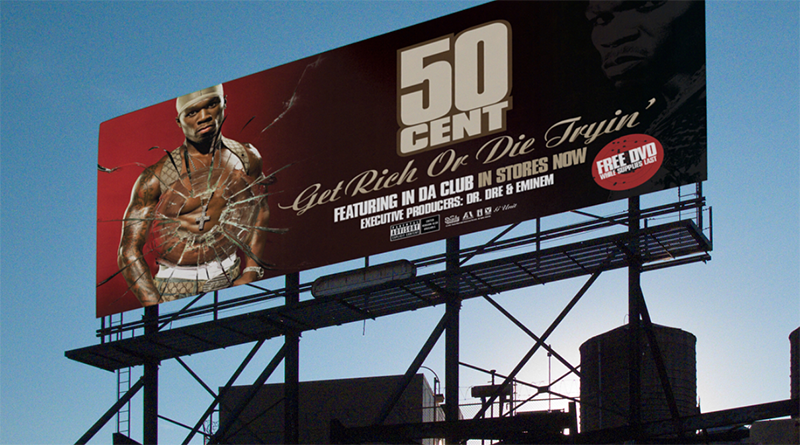
This interview is part of an ongoing Design Observer series, Chain Letters, in which we ask leading design minds a few burning questions—and so do their peers, for a year-long conversation about the state of the industry.
In February, we celebrate Black History Month and examine how to better design for inclusivity.
Julian Alexander founded the Brooklyn-based design studio Slang Inc. Before turning his understanding of cultural nuance and deep passion for music into his own studio he was a Design Director at Sony Music (winning a GRAMMY® for Art Direction), and ECD of Guild (where he led teams on experiential projects). His iconic logos and album artwork can be seen on packages that have sold over 100 million copies worldwide. Julian has moderated design talks at AIGA, NYU, and presented at Apple.
Slang Inc. cover designs. "Last week someone asked for a list of album covers we designed and I couldn’t name more than five. I dug up 50 as a reminder."
How does being a black designer influence your work?
The people, places, and things that I first experienced in my community are the root of what I find beautiful. My exposure first influences of music, style, and culture were shaped by what I saw at home and in my neighborhood. It is the basis of how I communicate and is the foundation of my work.
The people, places, and things that I first experienced in my community are the root of what I find beautiful. It is the basis of how I communicate.How do you mentor others?
I spend a lot of time talking to people about what I do in general. Some are designers entering the field, others are students or professionals that I share my story with in hopes of encouraging them to pursue their dreams. Those of us who have been fortunate enough to survive by chasing our passion have to make ourselves available to the people coming up behind us. In addition to speaking at schools, I moderate design talks to share knowledge with people even if we don’t have a direct personal connection.

Fit the Description | Conversations between Black Men: Civilians and Officers.
What's the biggest cliché you hear when it comes to designing for inclusivity? Why?
The biggest cliché is that it’s hard to find talent within different groups. It’s harder to be exclusive than it is to be inclusive. Talented people of all genders, ethnic backgrounds, and sexual orientations are all around us. It blows my mind that there are professionals who don’t understand the value of other voices in the room, especially when trying to connect with a group that you aren’t genuinely connected to.
The biggest cliché is that it’s hard to find talent within different groups. It’s harder to be exclusive than it is to be inclusive.How can design be used by disenfranchised groups to give themselves power?
Disenfranchised groups can get their point of view out in the world through design. Given the platforms that exist, it’s possible to bypass barriers that once prevented your work from being seen. There are more avenues to share unfiltered points of view in support of or opposition to what is happening around us. The immediate response to H&M’s recent, offensive campaign image of a young boy was powerful. Chris Classic’s piece was my favorite.
Images from the Nike Miami launch in collaboration w/ Doubleday & Cartwright. "The mission was to represent the space, athletes, and kicks in a way that paid homage to the city itself. The art deco logo is inspired by signage on Ocean Dr. and the colors loosely relate to the sunset and ocean."
Which design moment from the past year do you see as a bellwether for change? Why?
The general movement of extending branding into spaces is a key indicator of where things are going. Brands are invested in engaging audiences in meaningful ways to create a connection that outlasts individual products.
NikeCraft, Nike and Tom Sach’s Space Camp activation on Governor’s Island, did this. Everything about the event gave context to the thinking behind the product—including the location, which is only accessible by boat. Visitors were escorted to the activation by golf cart. After check-in, guests were photographed, given ID cards, and led into a NASA-themed screening room to watch a short film that sets the tone for the experience ahead. Then you change clothes to participate in a series of mental and physical challenges.
By the time it’s over, there is an appreciation for the artist's vision, materials used, and backstory of the Mars Yard Shoe 2.0. The downside is that very few people were able to participate. The upside is that for those who were there, the memories will outlive the kicks. Since we can purchase most things from our computer or phone, activations that engage us emotionally keep things from being transactional. It opens doors for all types of possibilities and for designers of different disciplines to compliment each other in ways that benefit the audience. These are the types of moments I’m trying to create going forward.

Question from Jason Murphy: What made you want to become a graphic designer, and how was it working with 50 Cent during the start of his career?
A drawing teacher recognized my tendency to position things in unexpected places on the page. She mentioned that I’d be good at graphic design. After she explained what it was, I saw a path to making a living as an artist, started working on a portfolio, and went for it.
50 and I started working together in ’99. Three things that have been present from the time we met are his talent, hustle, and curiosity. He would sit in my office for hours while I was working and we got to know each other by talking about music and art. No other artists I’ve worked with showed that level of interest. Our relationship allowed me to better understand how to visually tell the story of “Get Rich or Die Tryin’” years later, which became the cornerstone of his brand.
Next week: Julian asks Lindsay Peoples, fashion market editor at The Cut: How do you handle situations where your personal style and the sensibilities called for in your professional work are at odds?
